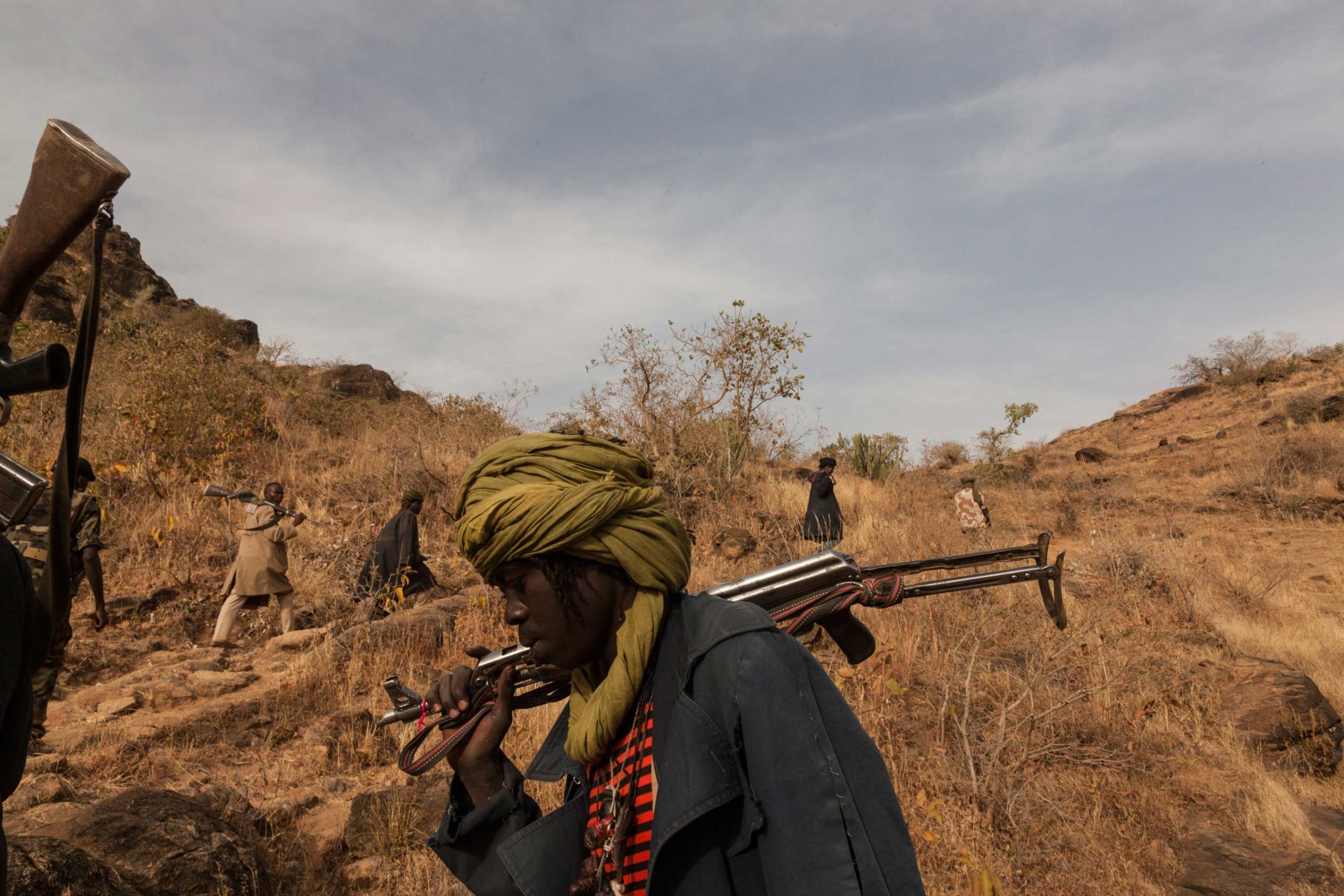
The outcome had been all but certain. On April 27, two weeks after polls opened in Sudan, election organizers announced that President Omar al-Bashir, the 71-year-old incumbent, had won 94% of the vote.
With his quarter-century reign extended—the opposition boycotted the ballot and polling stations in Khartoum, the capital, were said to be largely deserted—Bashir will continue to avoid the International Criminal Court, where he faces charges of war crimes over his role in the conflict in Darfur.
More than 300,000 people are estimated to have been killed in the unrest in Darfur, which ignited in 2003 after the government aimed to crack down on an insurgency in the western region. The U.N. estimates some 2 million people have been displaced as a result.
Adriane Ohanesian, a Nairobi-based photographer from Saratoga Springs, N.Y., first went to Sudan in 2010 and worked on a project about a marginalized group, the Beja, in the Red Sea State. That’s when she became interested in Darfur. Later that year, she traveled south to focus on the referendum and independence; South Sudan became its own country in July 2011. In 2012, she turned her focus to the fighting in the Nuba Mountains, but she hadn’t forgotten about Darfur.
Ohanesian had heard about a large group of civilians who had fled into Jebel Marra (the Marra Mountains) and away from government attacks and aerial bombardment. She and a Dutch journalist, Klaas van Dijken, began looking into how to document their suffering. They eventually received permission for access from the rebel group Sudan Liberation Army-Abdul Wahid (SLA-AW).
In late February, they made it to caves located a two hour’s walk outside of a town called Sarong, from where the hundreds of civilians had fled. It was around dawn, Ohanesian says, and everyone was lighting fires to stay warm and make tea. “I don’t think any of these people had seen a foreigner in this area since 2010,” she said. “One woman burst into tears when they saw us.”
The two did a few interviews through their translator, and many of their stories were about government forces and aligned militias, coming into their towns, raping women, and pushing residents from their homes and into the mountains.
“I would hear these people’s stories… but I couldn’t see it for myself, which is always the challenge [for photographers],” says Ohanesian. “You see these people in the cave and on the mountains but you can’t see what’s happened to them before that, and that’s the really horrific part that I wish I could show but can’t.”
Ohanesian has committed her career to documenting humanitarian crises, traveling to places like Somalia, South Sudan and Burma. But Sudan was unique. “I’ve just never been to an area like this where people just have nothing,” she says. “The best thing I can do as a photographer is to show what I’ve seen on the ground and to tell others … If that sparks some sort of response, that’s wonderful.”
Adriane Ohanesian is freelance photographer based in Nairobi, Kenya.
Mikko Takkunen, who edited this photo essay, is an Associate Photo Editor at TIME. Follow him on Twitter @photojournalism.
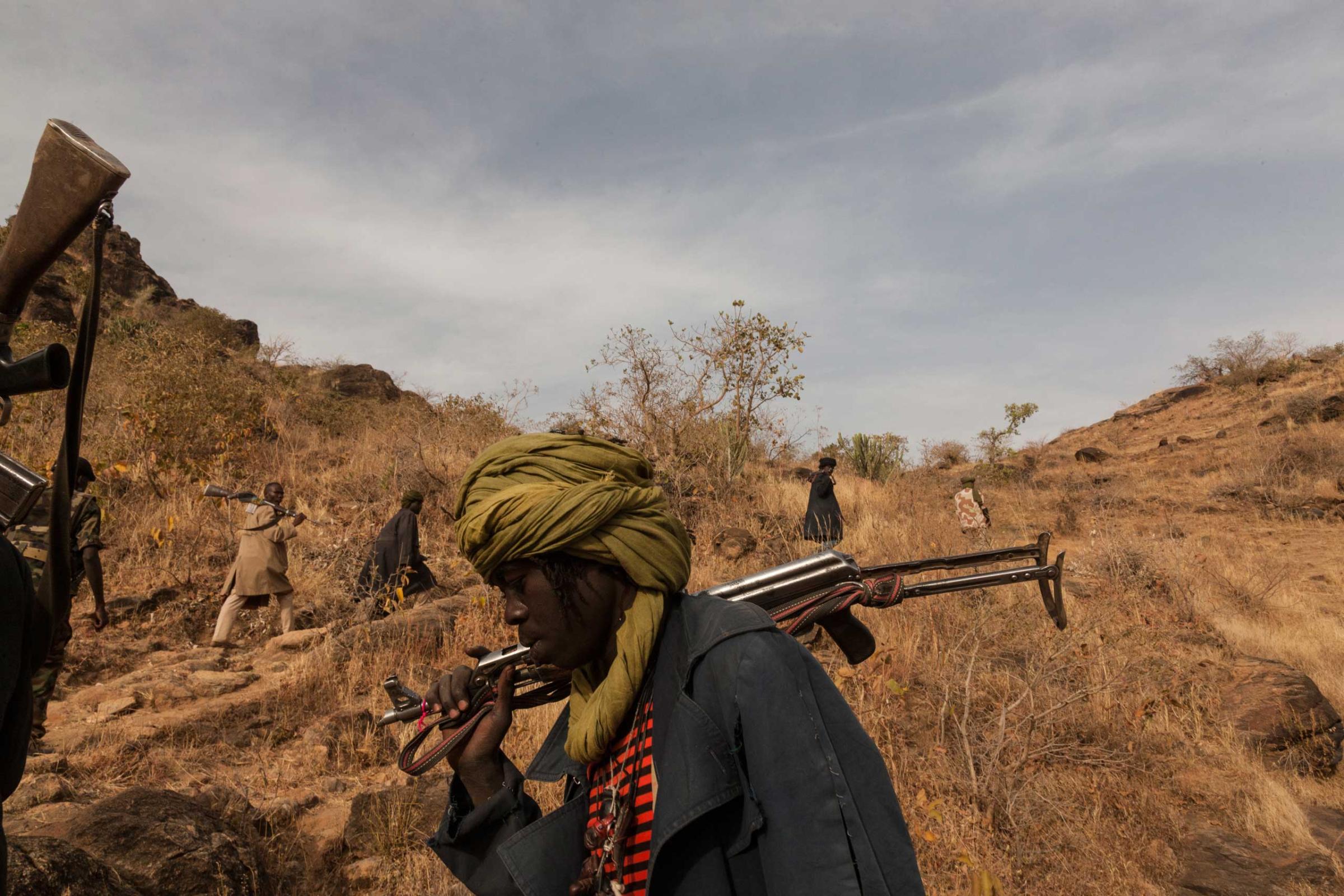



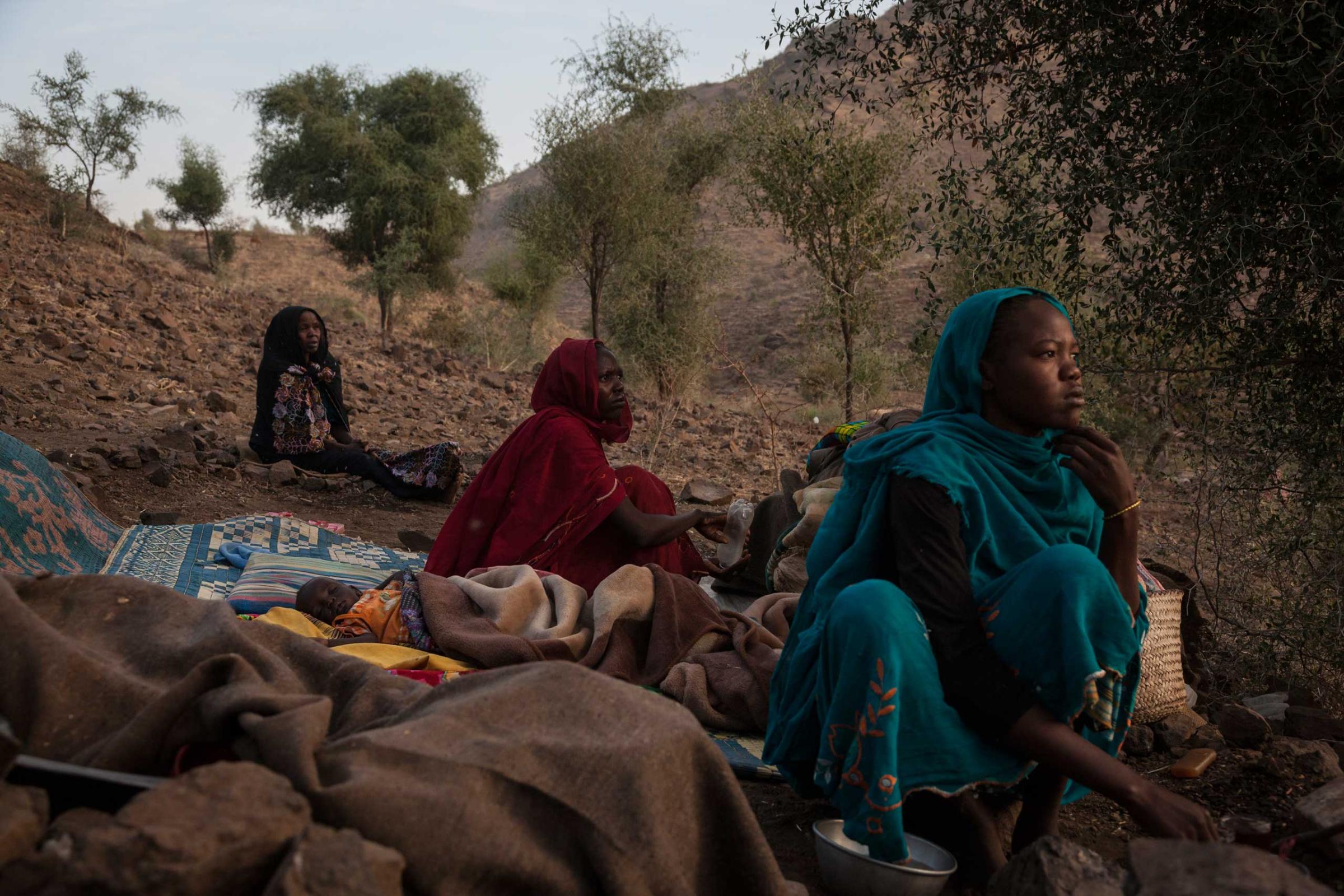


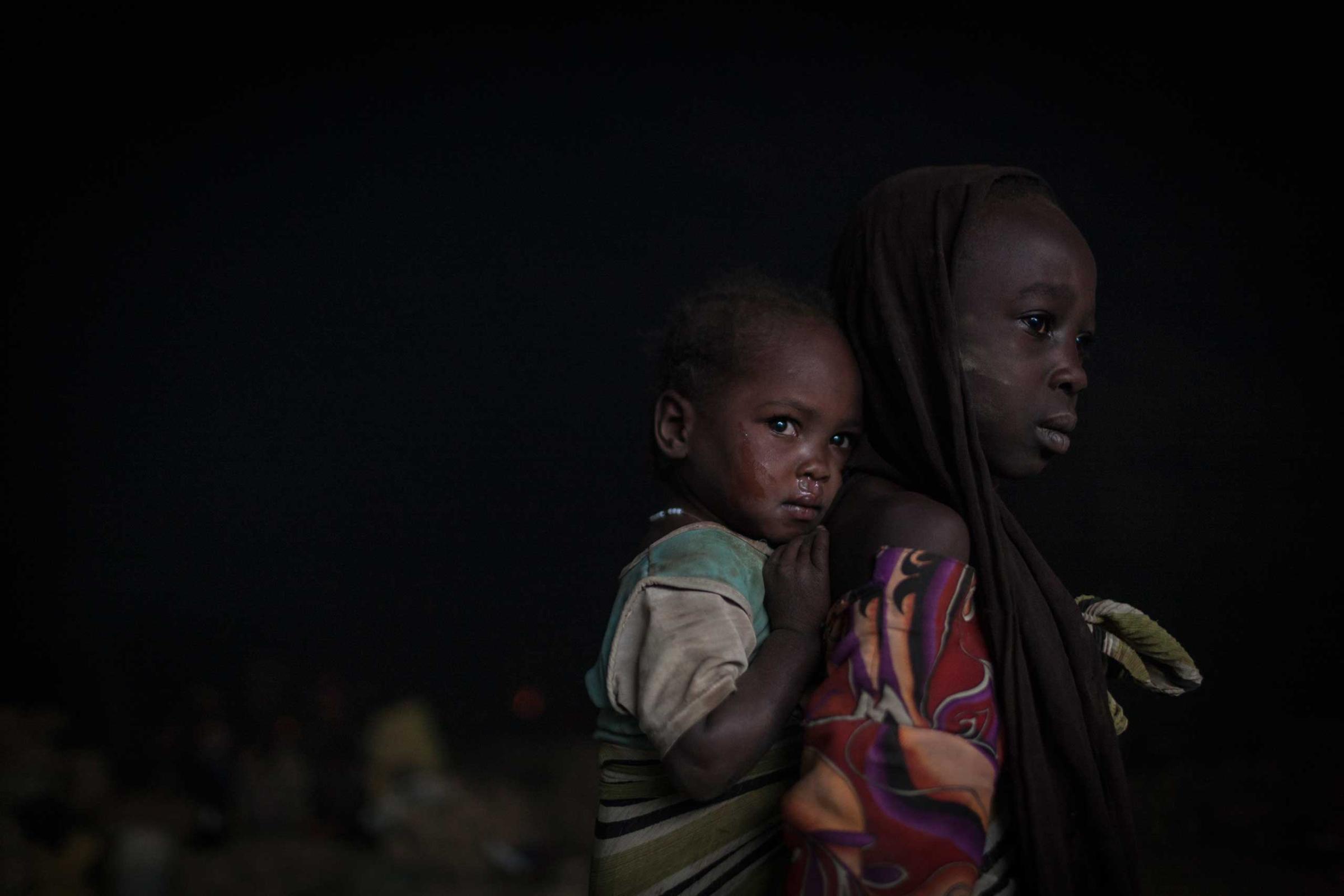
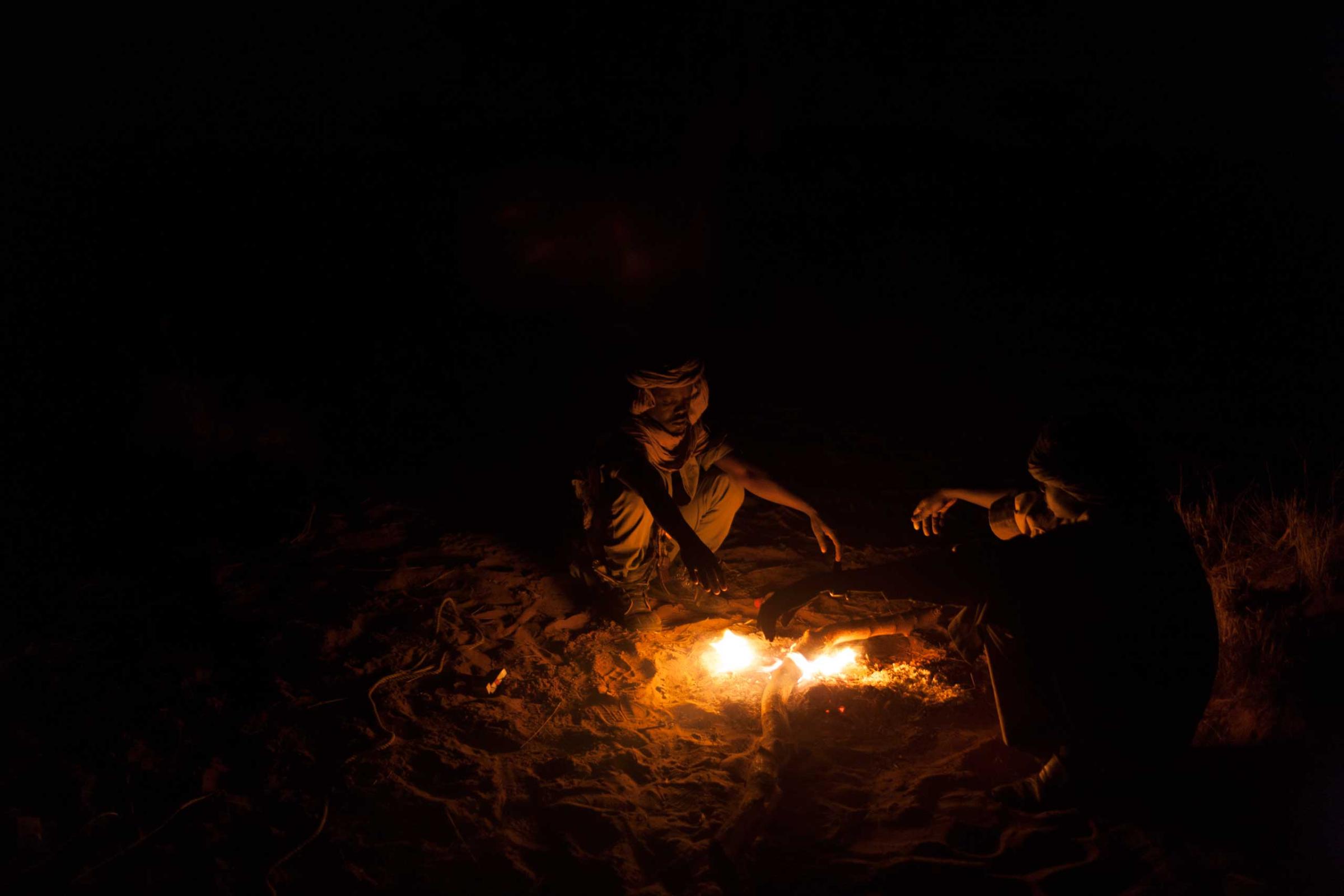



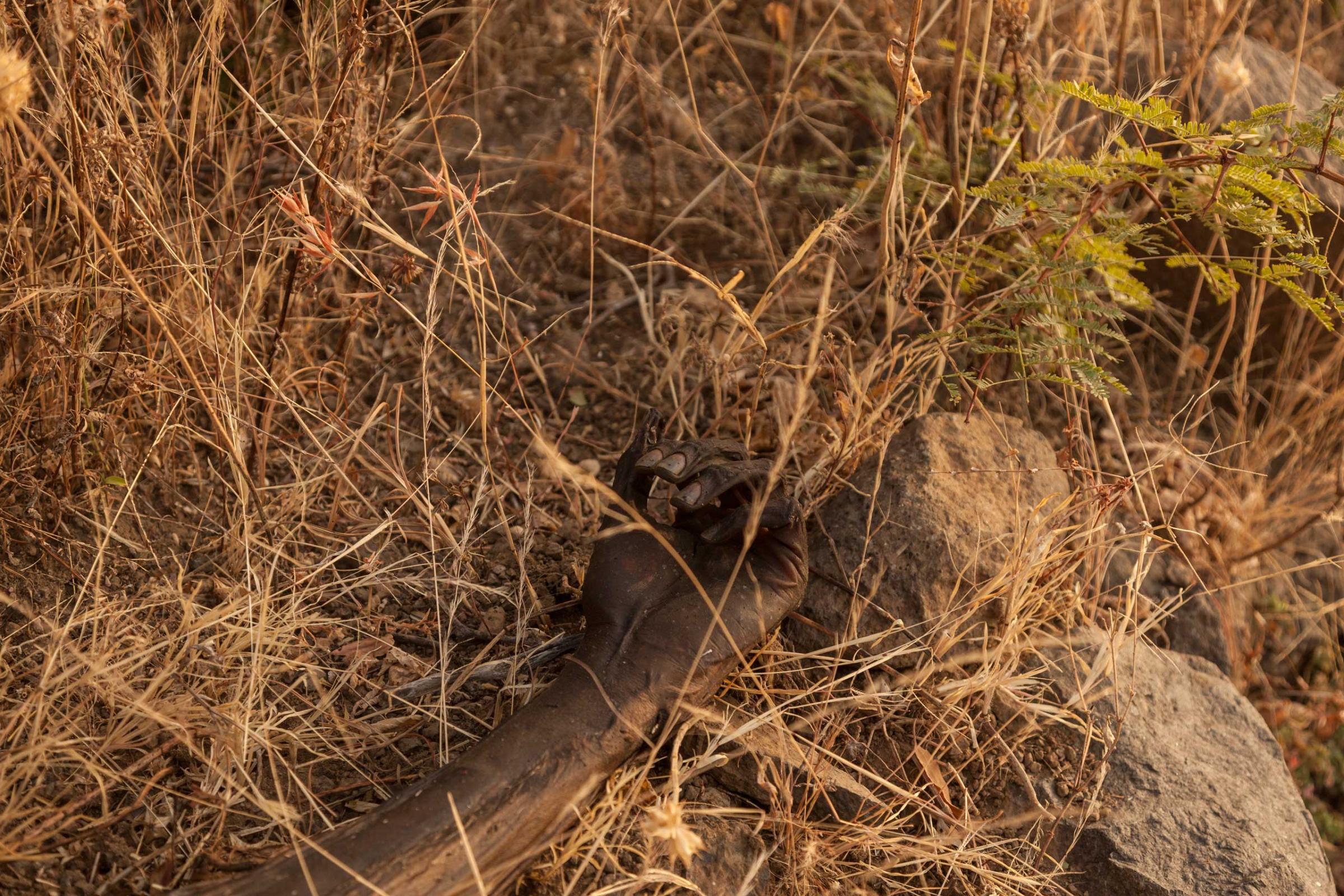
More Must-Reads from TIME
- Cybersecurity Experts Are Sounding the Alarm on DOGE
- Meet the 2025 Women of the Year
- The Harsh Truth About Disability Inclusion
- Why Do More Young Adults Have Cancer?
- Colman Domingo Leads With Radical Love
- How to Get Better at Doing Things Alone
- Michelle Zauner Stares Down the Darkness
Contact us at letters@time.com